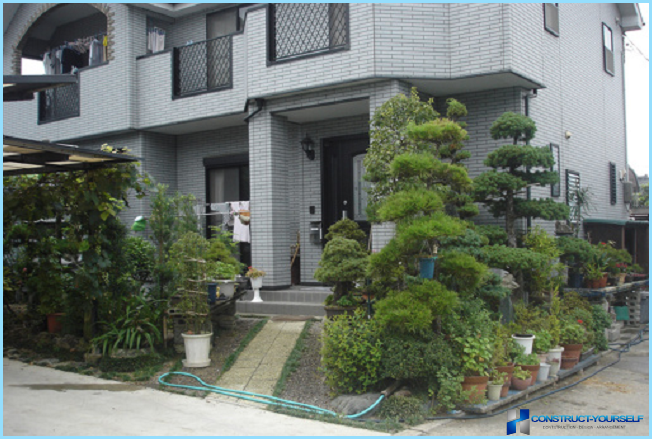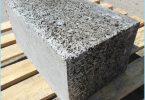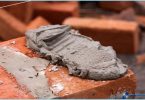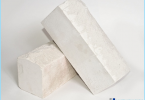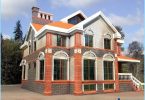The contents
The appearance in the construction and use of white silicate brick refers to the first decade of the 20th century. The production of white silicate brick does not cost much, the main thing that nearby there was a source of raw materials for its production. But the real sand-lime brick has been widespread use and popularity in the 50-ies of the last century.
Two words about the technology of production ↑
Produce blocks of quartz sand, lime and water. In this case the proportions of sand and lime amount to approximately 9:1, to the mixture in small quantities add a variety of binders additives that improve the characteristics of the finished product. A mixture of lime and sand by dry pressing is converted into rectangular blocks, then treated with water vapor at a temperature of from 170onWith up to 200onWith the constant high pressure, is called the method – autoclaving. So get white silicate block.
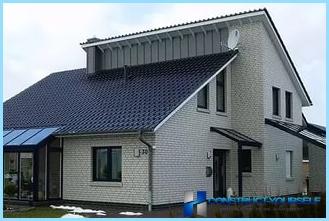
The dimensions of sand-lime block, its main purpose ↑
The characteristics, including size and weight, the material shall meet the requirements of GOST 30108-94 «The construction materials and products». In accordance with this regulatory document sets out the standard sizes of white silicate brick.
Sand-lime block is solid, hollow and porous core. Brick used in the construction of external walls and interior load-bearing walls, hollow can be used for the external cladding of the building.
For the purpose of white lime stone is divided into two main types:
- Private (used for masonry walls that are faced with other materials). For it is allowed the presence of small quantities of cracks, chips on the edges, dullness of the edges;
- Front (he is facing). On its surface should not be damage. Face brick can be produced with a smooth or embossed surface. There are also unpainted and painted options such brick.
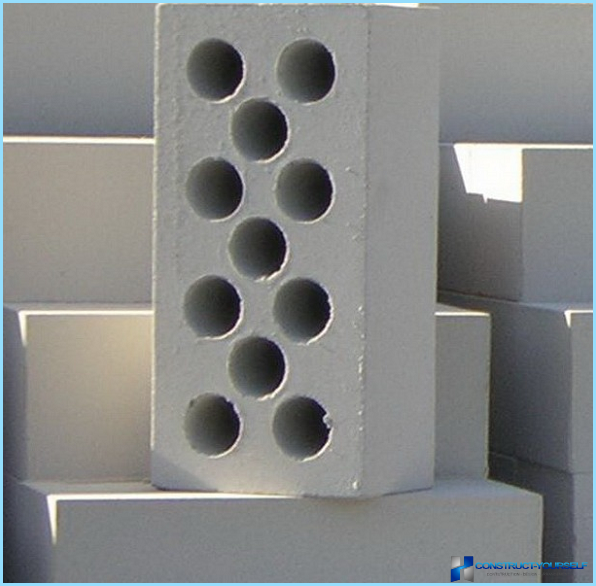
Nomenclature and dimensions of the unit ↑
In accordance with the requirements of GOST white silicate brick is produced in single and semi-double. Standard size white silicate brick single polnotely: height 65 mm, length 250 mm, width 120 mm. white silicate Brick single has a size of: height 88 mm, length 250 mm, ширина120 mm. Single stone is produced in solid, hollow and aerated. Double block – almost always hollow. It has the dimensions: height 138 mm, length 250 mm, width 120 mm.
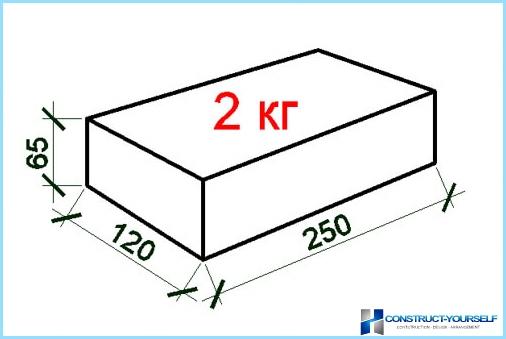
The weight of the brick silicate white depends on the density and the degree of porosity:
- Ordinary single 3.2 kg;
- Single soldier in 3.7 kg;
- Dual 5.4 kg;
- The front half from 3.7 to 4.3 kg;
- Double facial weight can reach up to 5.8 kg.
The thermal conductivity of hollow block 0,56-0,81 W/m*C is slightly smaller than the full-bodied of 0.65-0.88 W/m*C due to the presence of cavities.
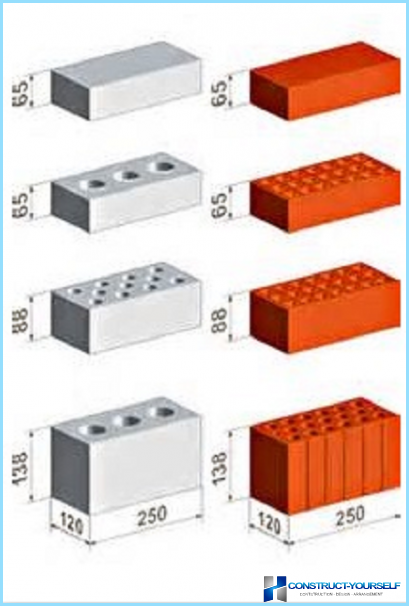
Usually white silicate material is used in the construction of low-rise houses and cottages to two floors, in interior and exterior decoration of high-rise buildings, depending on the brand of bricks. White silicate material is used for building houses, warehouse and industrial premises, garages, country houses and even fences. However, there are restrictions on its use that are associated with its technical characteristics.
White silicate brick tends to easily absorb moisture, and its strength is lowered and fracture will occur much faster than under normal conditions. So white silicate block cannot be used for laying of foundations and construction of basements, construction of saunas, baths, showers, basements and other places with high humidity. For masonry plinths GOST is recommended to use ceramic brick.
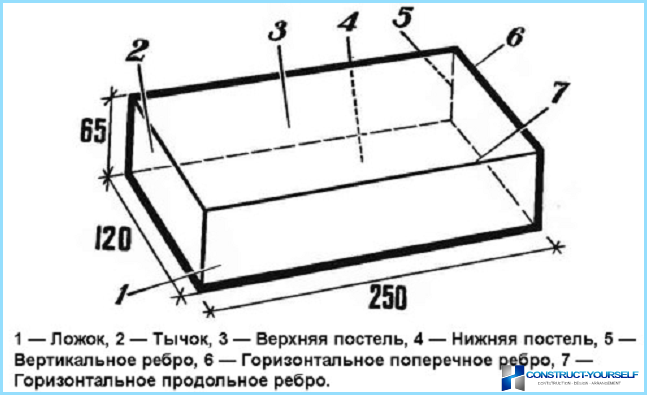
In addition, the white lime stone does not stand high temperatures, more than 600onWith, it does not take for the construction of fireplaces, stoves, chimneys and other structures that will be heated above a specified temperature.
Keep in mind that due to the high thermal conductivity white block will be very quickly to give off heat from your home in the cold season, so the walls need more insulation.
Technical characteristics of white silicate brick ↑
Key features of the white silicate brick are regulated by GOST 379-95 «Bricks and stones silicate». But in reality the quality of the brick and ceramic of his fellows, highly dependent on the used raw materials and production.
The strength of masonry ↑
The main characteristic of brick is its durability. On the strength of the silicate material is separated into a number of categories from 75 to 300. The higher the number, the greater the characteristic strength of brick. Figure 75, 125, 200, and 300 indicates which compression load on 1 cmTwo able to withstand grade material. In the construction of houses up to two floors are used the bricks with the strength of 125, 150. When wet strength of the silicate mass block falls.
An important characteristic of silicate building material is frost. Frost resistance is indicated by F15-F50. The figure shows how the number of consecutive freezing – of razmerzaniya withstand material. Studies have found that over time, the strength and frost resistance of a silicate mass grows at the expense of processes of carbonation exposed to air.
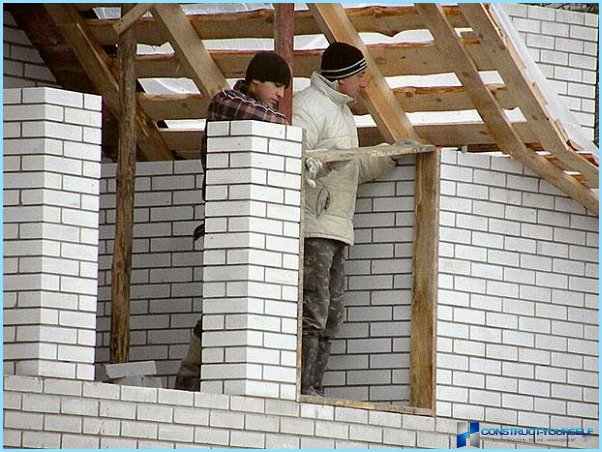
Frost resistance increases with the addition of a special mixture of dispersed fractions, because of this, the moisture freezes inside the stone, which reduces the processes of their destruction. Thus, the rate of frost increases. Control behavior of masonry from silicate mass is exposed to atmospheric influences showed that over time, the calcium silicates included in the composition of the material, are converted into carbonates and silicic acid, and they steadily fasten the components of the bricks. Thus, the weather stone was found to be sufficient.
The density of white silicate stone shall be not less than 1300 kg/m3, the most suitable density – 1600 kg/m3 to 1800 kg/m3 for solid blocks. For core mark M150 – 1450 kg/m3, M200 – 1550 kg/m3. The density depends on the degree of sound insulation, the lower the density of the bricks, the higher the index of sound insulation.
Transport and storage white unit ↑
To transport silicate building material can be any available transport, the main thing – to be transported either Packed in tape with packing tape, or folded on pallets, but don’t blame the nasyp, don’t quit. Storage should be either in warehouses or in sealed moisture areas under cover.
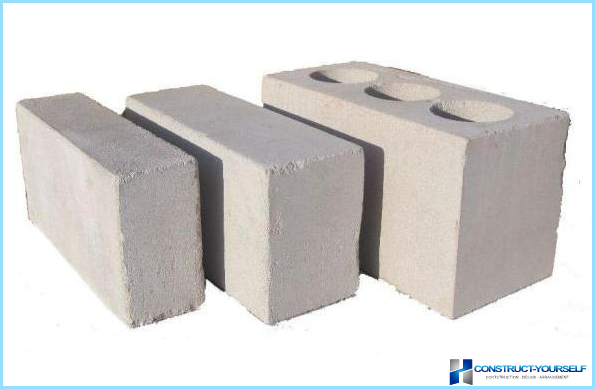
The advantages and disadvantages of white brick ↑
White sand-lime block has a regular geometric shape, easily processed (like Hyper), it is easier to process than the ceramic and clinker brick. Good sound insulation allows you to use it for masonry interior partitions. The thickness of the wall at 120mm is sufficient to ensure the necessary soundproofing separate rooms.
An important advantage of the white stone is its low price in comparison with ceramic. Also, this building material is considered environmentally safe, there are practically no any harmful to human health impurities. A fire resistance up to 600onWith allows it to be regarded as fireproof materials.
The advantages of white silicate bricks are also high strength (75 to 200 kg/cm3) and frost resistance to 50 cycles. In addition, over time, the building of sand-lime brick acquire greater strength and frost resistance. It is connected with the processes of carbonization inside the bricks under the action of atmospheric processes.
On the walls, built of this material, practically no efflorescence.
The disadvantages include the high conductivity of this type of material in cold areas must be worried about the additional insulation of such buildings. The conductivity increases when wet brick wall, therefore, recommend the application of special waterproofing agents (solutions to prevent ingress of moisture into the masonry). The disadvantage is also quite a lot of weight compared to other bricks (3.3 V-3.6 kg single and 4-4. 5 kg-half). It is difficult for the masons.
Also in stock this product is no different color options, like we used to see in the lines of other types of materials. Standard rectangular block in white, are painted brown, yellow, black. There is also no variety of geometric shapes, put something exquisite, such a brick would be difficult.
A high degree of water absorption does not allow to use for basements, foundations, basement floors.
Conclusion ↑
Practice shows that the silicate material is successfully used in Northern latitudes and in the South. Strength and good durability to allow you to build durable and sturdy house, but with proper waterproofing of Foundation blocks. With the installation of internal partitions and walls, the material success can replace gypsum blocks, taking a part of the vertical load from upper floors and roof.

